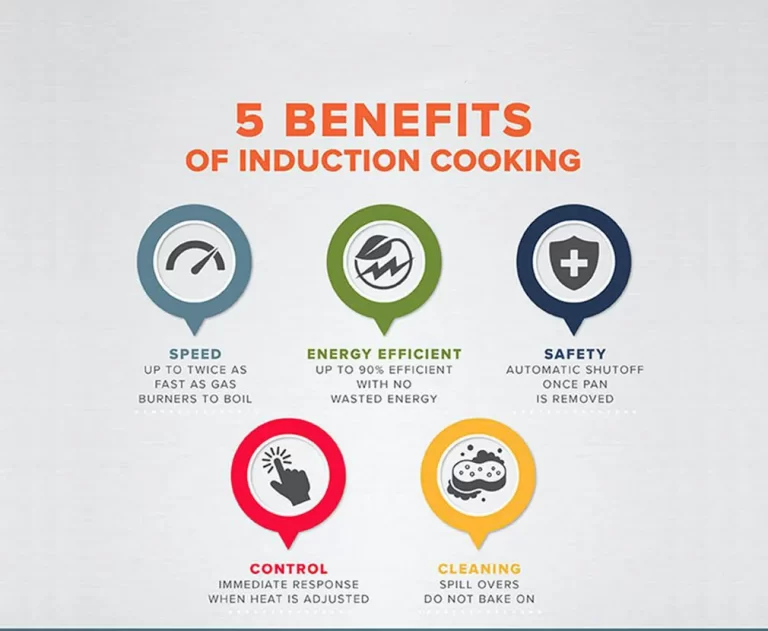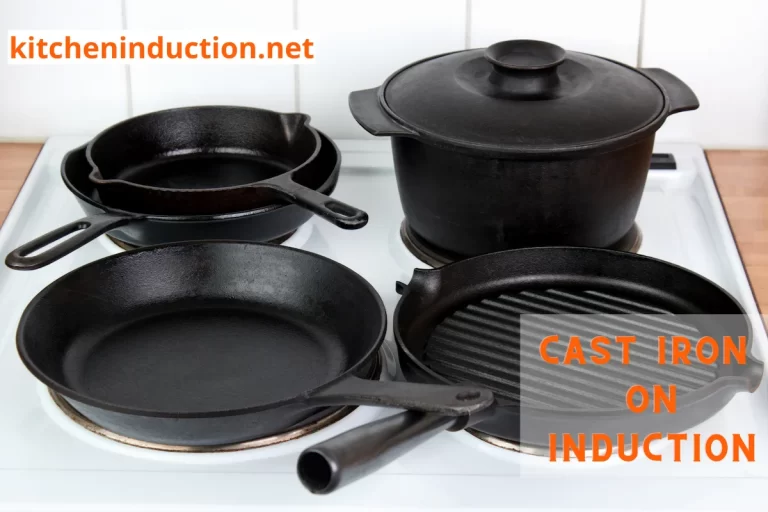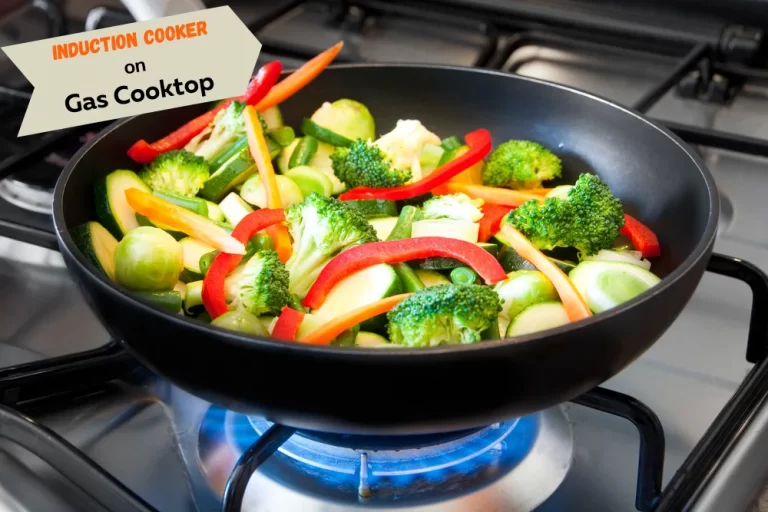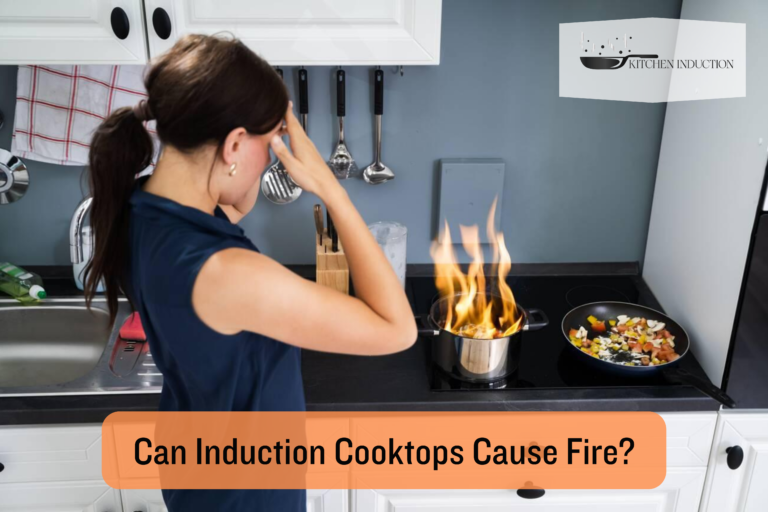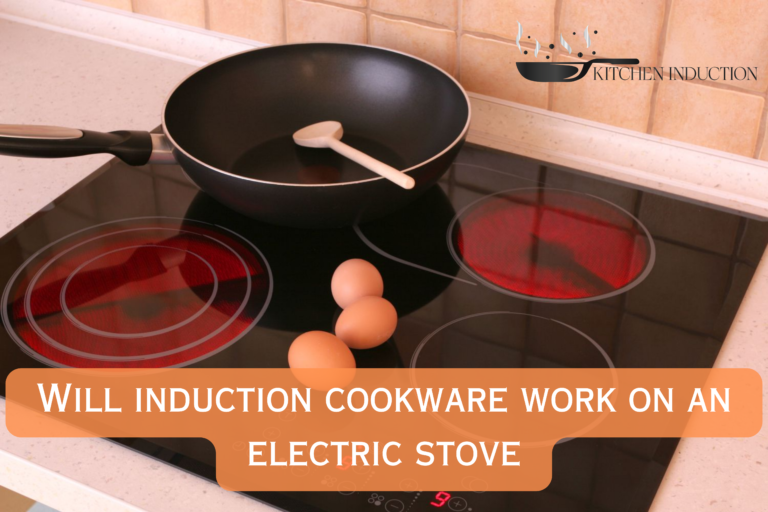How Energy Efficient is Induction Cooking? Eco-Friendly Stoves
Induction cooking works on the principle of electrical induction. It means that whenever the magnetic field changes, there is a production of electrical energy. But this energy is produced in the form of eddy currents which causes heat. Foucault’s or eddy currents are small currents induced in a conductor by a changing magnetic flux. But the question is how efficient is induction cooking? Should we rely on this advanced cooking technology or stick to old cooking methods.

Contents
Working Mechanism
The induction cooking works on the exact mechanism on which a transformer works. As in the transformer, changing magnetic flux produces electrical energy and eddy currents. In a transformer, eddy currents produce heat and reduce the efficiency of the transformer. However, we need heat in induction cooking. So the efficiency of induction cooking is nearly 90% because all the input energy is converted to heat.
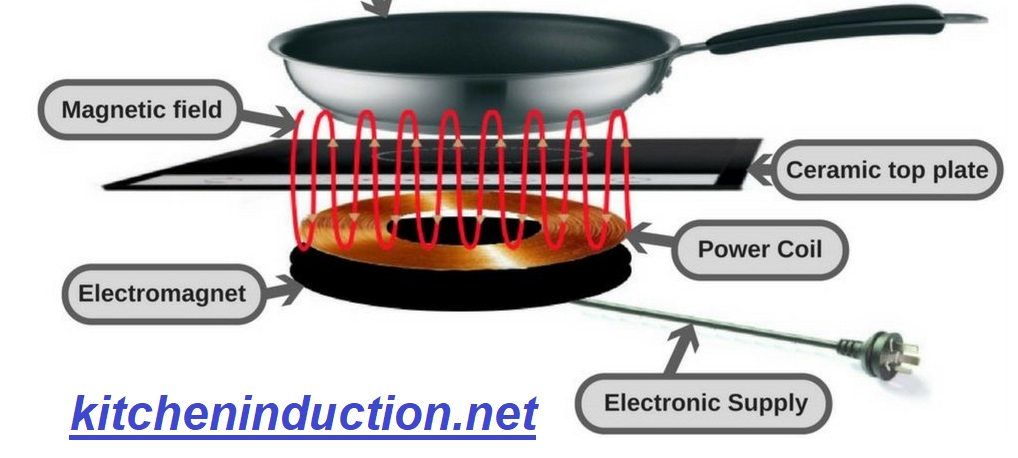
First, an oscillating current passes through the wire under the ceramic plate. When the cooking pan is placed upon it, the changing magnetic flux produces eddy currents. It causes to produce heat because of the much resistance offered.
Is Induction Cooking Efficient?
The most effective way of cooking is induction; some factors determine the efficiency of induction cooking:
Speed Up The Cooking
Induction cooking has several advantages, the most important of which being speed. Instead of heating an element and then transferring that temperature to the pan, It works by sending energy straight to the metal of the pan. In less than 5 min about two litres of tap water can be boiled on an induction range by cutting away the middleman (and less, on higher-end versions, a performance bump is possible.). It will consume about 7 minutes on a gas stove and under 10 minutes on an electric ring to make the same. Over time, this reduced time translates into actual energy savings.
Secondly, Induction cooktops cool down in seconds due to their excellent heat control. The heat control speed is unrivalled, making it enticingly energy efficient. Cooking is more energy efficient because the speed is instant.
The excellent operating efficiency allows for more time to be spent on other tasks during and after cooking. It means it will allow for more time to be spent on other tasks.
Waste Avoidance
The best thing about induction cooking is that it is friendly to the environment such that it transfers all the heat to the pan for cooking. On the other hand, gas and electric cooking are much efficient than induction cooking because it costs about half of the heat to the surroundings and causes wastage of gas and electric energy.
Permanence Ability
Glass-ceramic is used to make induction cooktops, which are environmentally beneficial. The cooktop is not a good conductor of heat and will not allow loss of heat through the base of the pan. You can touch the pan surface without burning your hand. Secondly, it is made of excellent sound material that avoids scratching and cracking, increasing its lifetime.
High Output With Low Cost
According to popular mechanics, cooking food consumes approximately 90% of the electricity consumed by an induction burner. Heat energy is not escaping into the atmosphere.
Electrical cooktops use 320 watt-hours on average to boil 2 litres of water, whereas induction cooktops use 225 watt-hours. When we consider the energy lost due to the loss of electricity, the induction cooktop comes out in cost.
No Fear Of Flames And Ignition
In traditional cooking, there is a fear of burning hands-on open flame or ignition, but there is no open flame in induction cooking, and there is direct heat production in the container.
Cool Environment
In induction cooking, the hob heats only when a pan is put upon it, unlike traditional methods, so there is no loss of heat to surroundings which keeps the kitchen cool, especially in restaurants.
Simple to clean
Traditional gas burners are very hard to clean due to their rough surface, but the hobs used for induction cooking have a very smooth surface, making them very simple to clean.
Induction Cooking Is Better Than Gas And Electric
Advanced induction cooking is superior to gas cooking because chefs and cooks can maintain the same temperature control while benefiting from a cleaner device. Induction hobs are also more energy-efficient, wasting less ambient heat and, as a result, keeping your busy commercial kitchen cooler.
For all of the reasons listed above, induction hob cooking is considerably more advantageous to your kitchen and workers than electric — plus induction heats up much faster than electric. There is less ‘controllability’ as compare to electric because it takes longer to cool down and regulate temperatures throughout cooking.
Others Built-In Features
When you want to heat or boil, having prompting features like an incorporated timer comes in helpful. On the induction cooktop, you may pick how long you want a particular meal to cook. When the timer runs out, the induction cooktop will turn off automatically. Ideally, the cooktops have a built-in cooktop digital timer with one-minute increments ranging from 1 to 170 minutes. The cooktop turns off automatically and stops using electricity after the pre-set period, saving energy and preventing accidents, making it energy efficient.
Auto-switching inductions are also available. In case of overheating or when cookware is removed, this automatically switches the element down or off.
Many induction cooktops have pre-programmed cooking programs. They’re programmed to cook each food at a specific temperature and for a specific amount of time. Grill, stir, boil, fry, milk, and more culinary options are available. These are useful and user-friendly features that save time by allowing you to adjust cooking settings more quickly.
Automatic pan detection is also available on induction cooktops, which ensures that heating is switched off when the cookware is withdrawn from the cooktop. When the pan is removed from the stovetop, most induction cooktops automatically switch off, resulting in less energy waste.
Otherwise, heat and power must be adjusted for each food separately each time. The pre-set menus save energy and time by automatically turning off when the timer is out.
Conclusion
All the good and most efficient features we want during cooking are present in induction cooking. Thus, there is no doubt that induction cooking is the most energy-efficient cooking technique due to its features and high operating efficiency.

